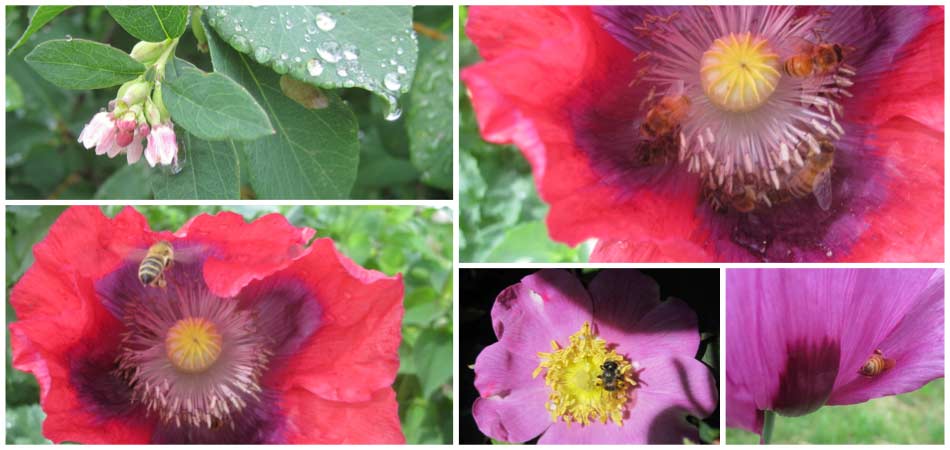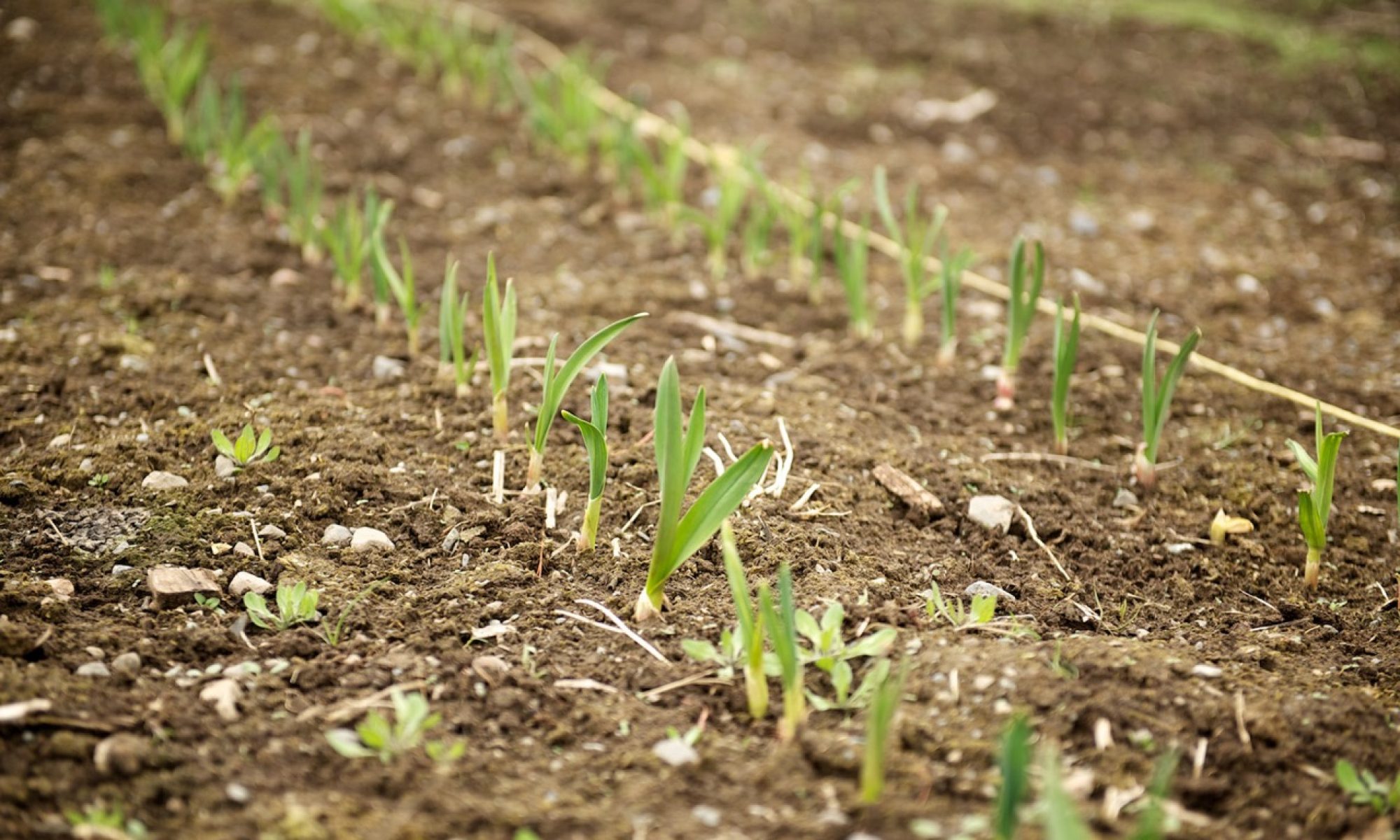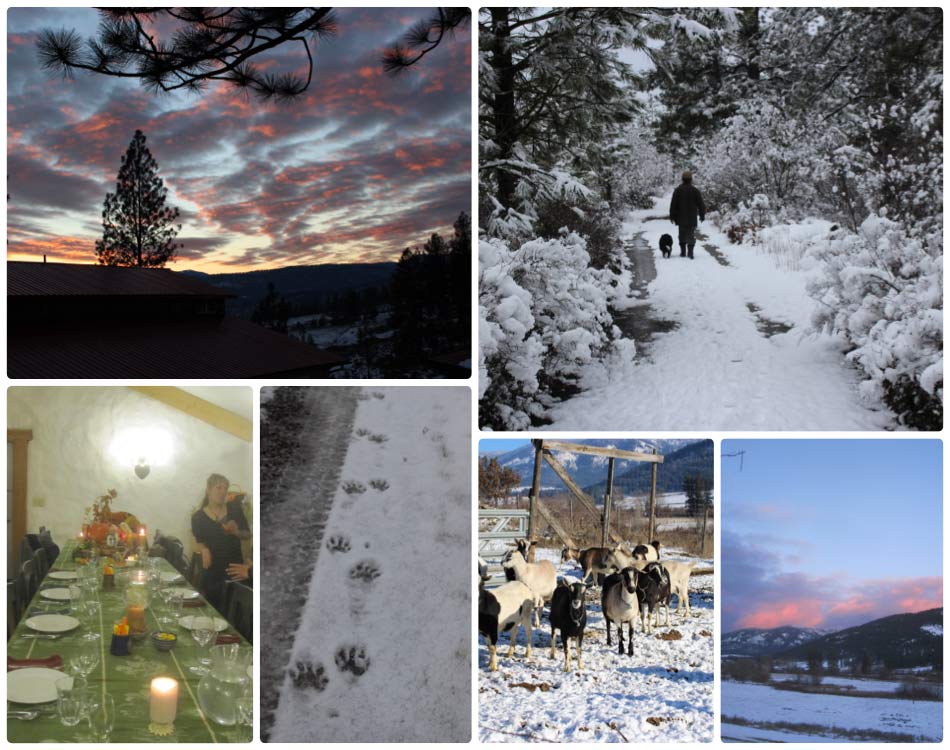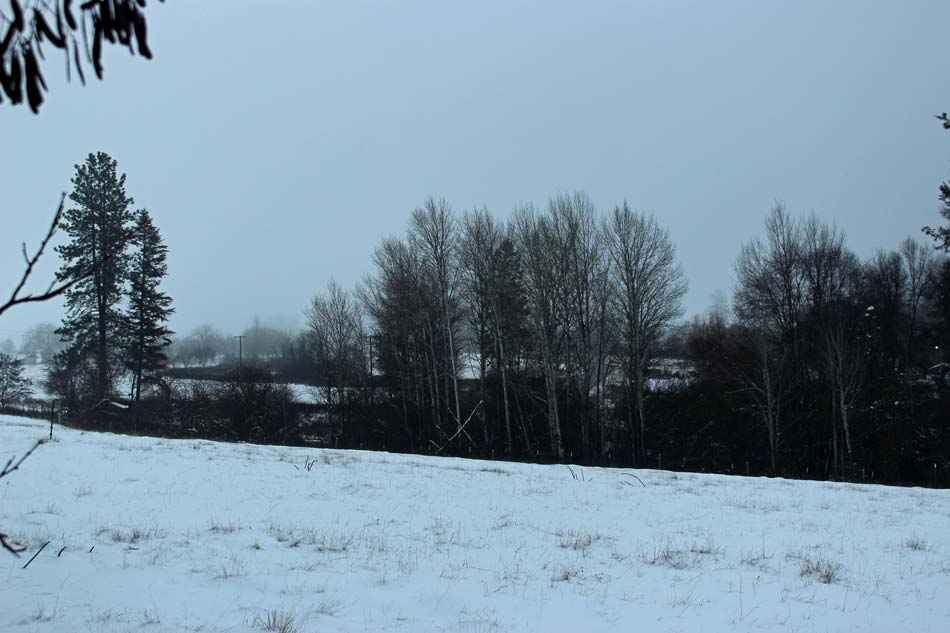
Honey, what are we going to do about the crisis with honey bees? You know the vanishing of the bees, colony collapse disorder, pesticide die off and poor nutrition. You can read a whole list of problems in this short article in Truth out, Everything You Wanted to Know About the Bee Die-off
One item the Truth-out article didn’t talk about was how commercial hives are used in pollinating cultivated plants and the impact and possible stress on the bees during the seasonal migratory movement of hives from San Diego,California up through the different blooming crops until they reach Washington state. Add all the problems together and the bees can’t survive.
Yes, the big focus on the financial side of honeybees is their work as pollinators. The money for commercial beekeepers is made by renting out their hives to pollinate crops. Honey is a secondary income. If you are like me, my first thought was honey bees = sweet honey.
Here in Stevens county a few of the local beekeepers have decided to keep their bees home, renting out hives to local orchards and farms for pollination. They are putting more marketing energy into honey production and sales. (and some of the side products like beeswax or bee pollen)
For us, as bee and honey lovers, we get to taste and share in the harvest of specialty honey from our region. All of the students that have been though our farm workshops have had a chance to try Snowberry honey from our Beekeeper friend Steven Schott. (some of you may be sorry you didn’t buy more)
There are many ways that you can help save the Honey bee. One of them might just be the sweetest, let’s keep our Honey home!
Here is a fun video of Rick and our daughter Willow, capturing a swarm of honeybees.









